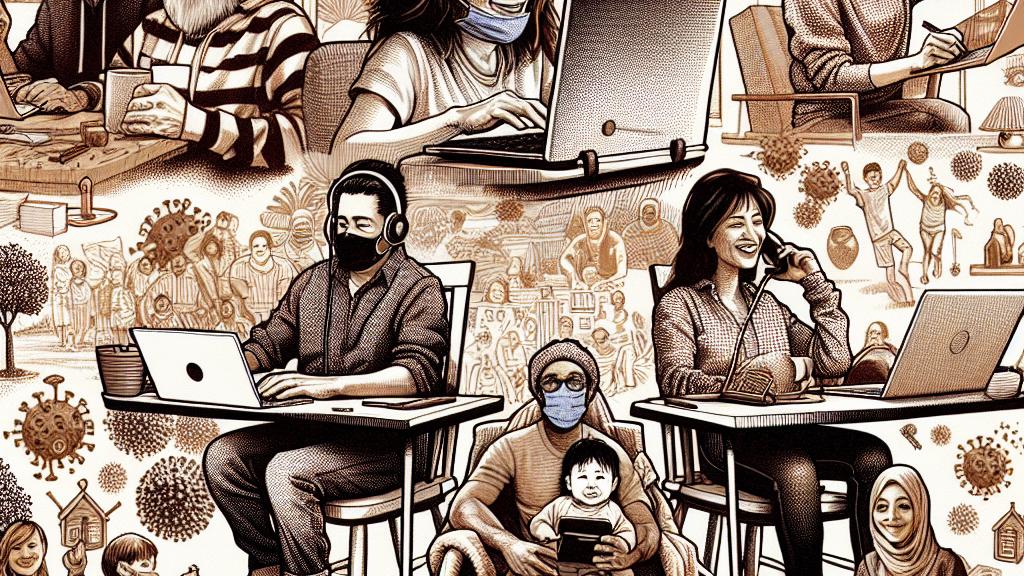The Impact of Remote Work on Productivity Post-Pandemic
Overview
- Remote work has skyrocketed by an astounding fivefold since the pandemic began, fundamentally reshaping the workforce.
- Hybrid work models are not only boosting employee morale; they are also driving exceptional levels of productivity.
- Innovative technologies are revolutionizing our work environments, making remote collaboration smoother and more efficient.

The Transformative Rise of Remote Work
In the wake of the COVID-19 pandemic, an unprecedented wave of remote work swept across the globe. At one point, a remarkable 60% of employees were working from home—an increase by a factor of ten compared to the pre-pandemic era. This dramatic shift fundamentally altered perceptions of work-life balance. Imagine workers who once spent countless hours commuting now using that time to connect with family, pursue hobbies, or even focus on their well-being! Such flexibility has directly contributed to higher productivity and more fulfilled lives. For example, some employees report feeling more engaged and motivated when they can manage their schedules around personal responsibilities.
Exploring the Advantages of Hybrid Work Models
Incredibly, hybrid work models have emerged as a beacon of hope and satisfaction for many employees. By allowing individuals to alternate between in-office and remote work, these models are granting workers an unprecedented level of autonomy. Research shows that hybrid employees can earn as much as 8% more than their fully office-bound counterparts. Beyond financial benefits, over 70% of workers crave flexible solutions. Delving deeper, studies reveal that couples in hybrid roles tend to express a desire for an additional 0.3 to 0.5 children, as shared responsibilities at home enable a better balance between work and family life. This shift encapsulates a positive transformation not only in professional environments but also in personal dynamics.
Technological Innovations Shaping the Future of Work
The ongoing evolution of remote work has catalyzed an exciting surge of technological innovation tailored to enhance productivity. New tools and platforms are emerging at a rapid pace, simplifying seamless collaboration for teams working from various locations. Data indicates a significant increase in patents related to remote work technologies, showcasing the creativity and adaptability of the industry. It's not merely about adapting to the current climate; it's about forging the future of work itself. Experts, including prominent thought leaders, suggest that we stand at the threshold of a new era where traditional office settings may soon become relics of the past. This transition signifies not only improved productivity but also a cycle of continuous innovation that will ultimately reshape our professional interactions.

Loading...